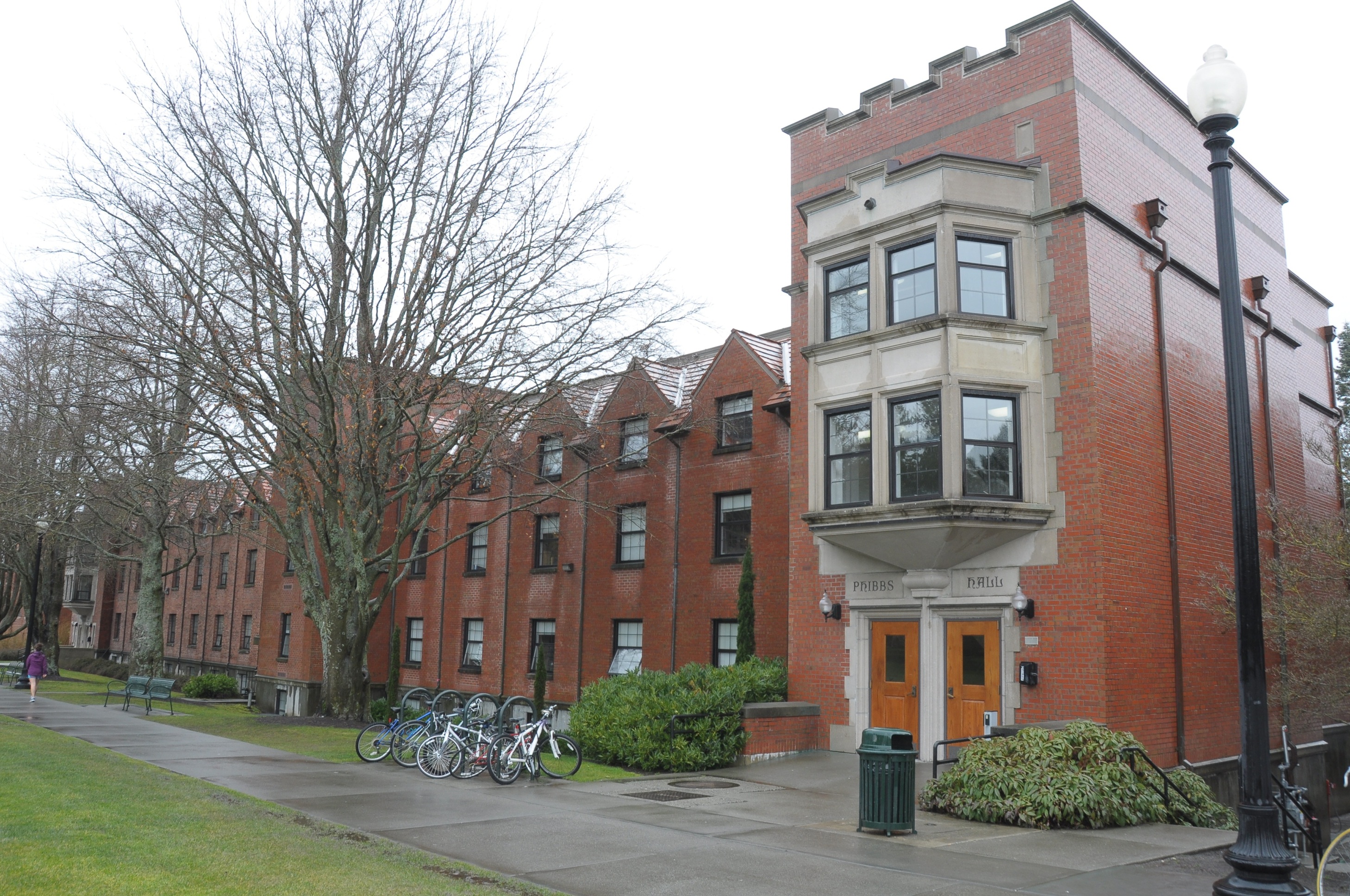
A student who works relatively hard in high school can be accepted to college if he or she chooses to apply. However, the decision to attend can be a costly one for those without means. If paying for tuition, living expenses and books doesn’t get you, then paying back massive student loans will.
Currently in this country, only the rich have the ability to make full use of an education. The average cost to attend a public university rose by 8.3% in 2010, making it much more difficult for a student to attend even an in-state university without taking out substantial student loans. Right now student debt has surpassed credit card debt, totaling at more than $1 trillion according to the Federal Reserve Bank of New York. This is an unacceptable trend for a country that espouses democratic values.
In the past, students strapped with debt have not found themselves in such a precarious position. Only 53% of college graduates today are able to find full-time work and the unemployment rate for college graduates is 9.1%. Those lucky enough to find an employment opportunity that pays a living wage are usually not working in their chosen field of study. Just recently, the teller at my bank and a rental car agent told me that they were philosophy and psychology majors, respectively, at four-year universities.
Congress acted in the interests of American students in 2007 when it passed the College Cost Reduction and Access Act, reducing the interest rates on subsidized Stafford loans. This act also allowed for partial forgiveness of federal student loan debt for graduates who enter into public service jobs, including emergency management, law enforcement, public education, non-profit work and public interest legal services.
Although this act was a step in the right direction, it only applies to those who have taken out federal loans. Yet Congress may very well let the terms of the loan expire on July 1 of this year, to the detriment of students nationwide. This is extremely unfortunate for those who attend college and do not possess the means to pay back their loans. Our higher educational system has become a for-profit system rather than an equalizer that works to bridge the socioeconomic disparities that are often inherited from our parents and their parents before them. Right now, our system actually divides us into classes and creates wider gaps between the rich and the poor. The old adage that education is the most effective path toward greater social equality no longer holds true.
These imbalances are also apparent in the emergence of unpaid internships, which are only a realistic option for those who have the financial support of spouses or parents who can subsidize them. Most students who are able to break into the small pool of the coveted jobs that are both fulfilling and financially rewarding are required to provide résumés chalk full of applicable work experience. Many law school graduates that have paid a fortune for their educations must work as interns for an entire year without pay, and even these are highly sought-after positions.
Combined with the rising cost of education and student loan interest rates, the cost of work experience is leaving the rich richer and everyone else behind in their wake. Thus, the notion that we live in a country that facilitates social mobility is a complete fallacy in the face of today’s economic realities.
